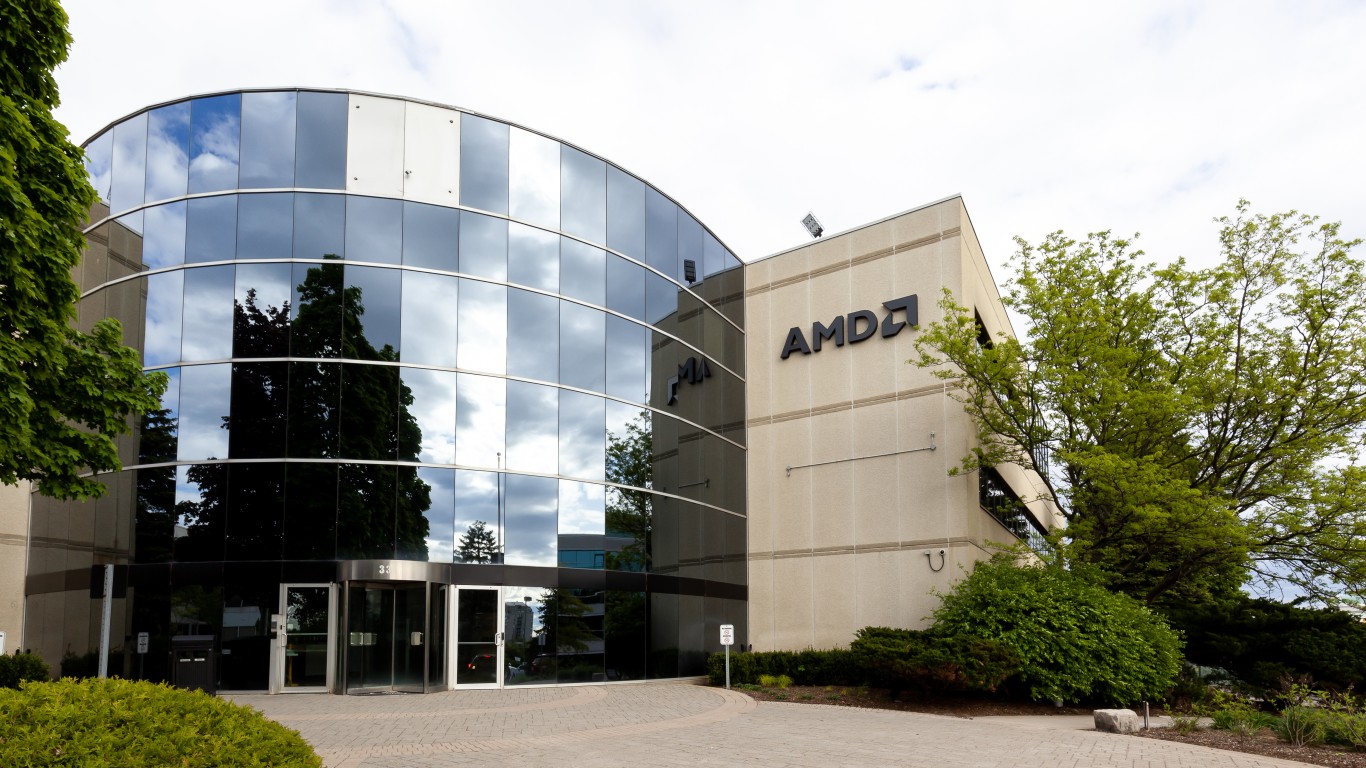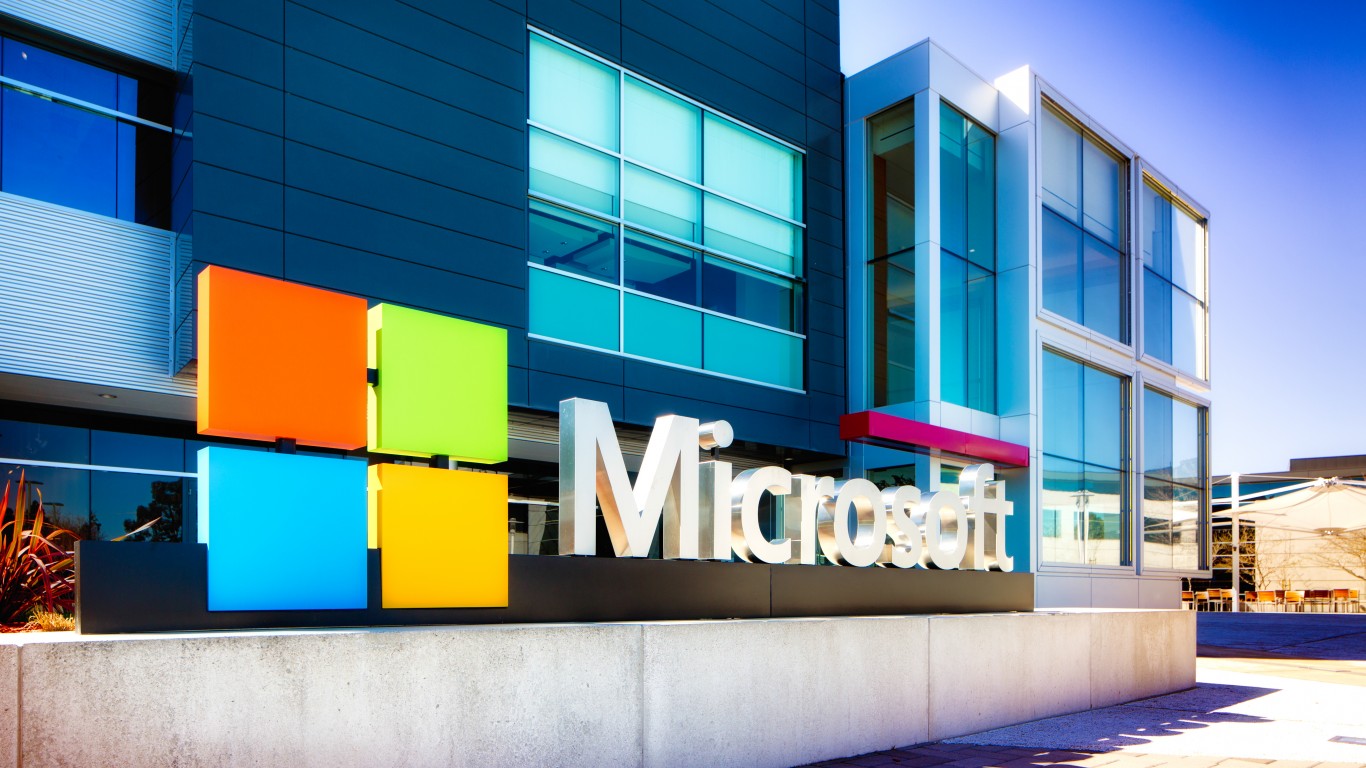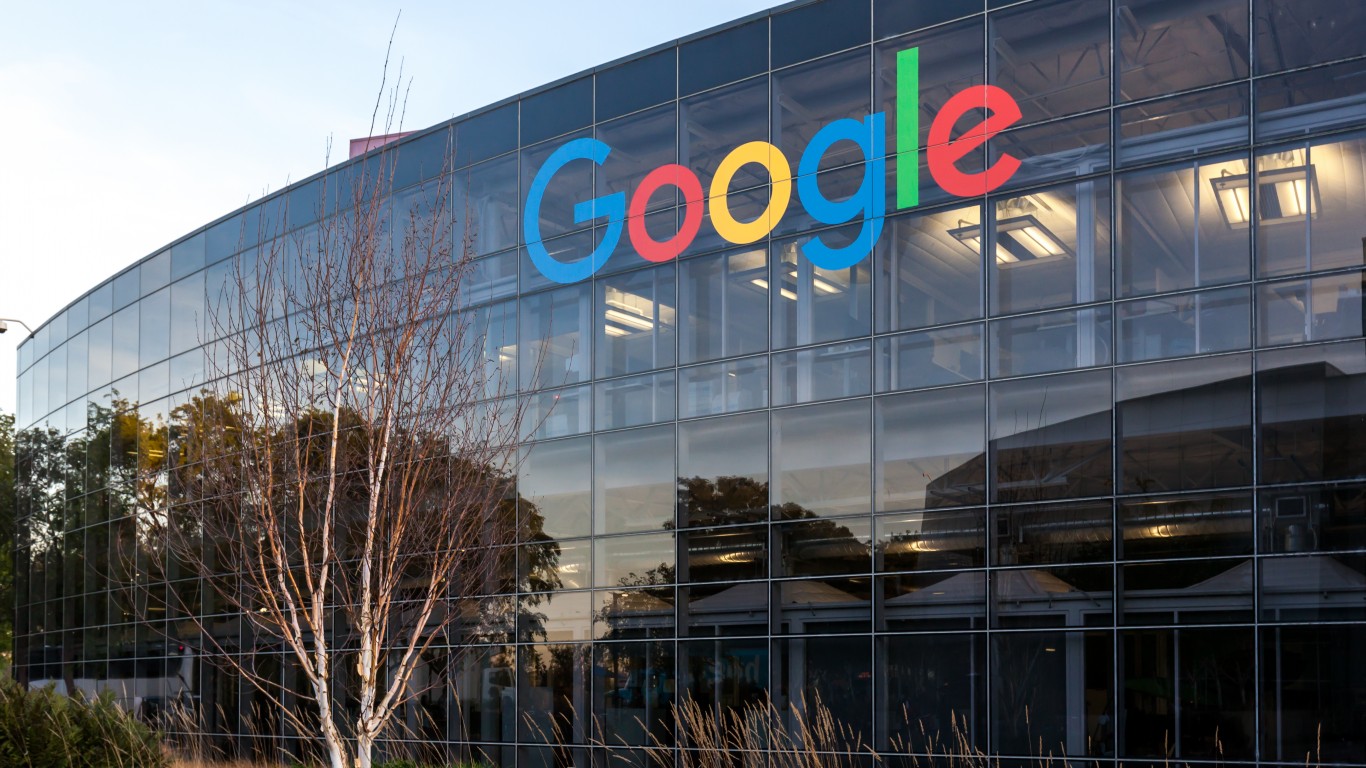
In what is shaping up to be at least an interesting battle, Advanced Micro Devices Inc. (NASDAQ: AMD) on Wednesday declared war on Nvidia Corp. (NASDAQ: NVDA). Well, not really, but the chipmaker did launch enough new products and announced enough big partners to throw some shade onto the dominant supplier of AI processors.
The big event began at 1:00 p.m. ET with AMD stock trading near its Tuesday closing price after opening up nearly 2%. At the closing bell, the stock had dropped 1.2%. Shares traded up by around 3% in Thursday’s premarket session. Nvidia stock closed down 2.3% Wednesday, worse than the tech sector’s loss of 0.93% on the day.
New hardware and software
As anticipated, AMD launched its Instinct MI300 series of AI accelerators, an update to its open-source software platform ROCm, and a new PC processor, the Ryzen 8040 series, designed to deliver AI capabilities to desktop and laptop computers.
Calling the MI300 a “game-changing design,” tech website Tom’s Hardware offers some details:
Overall, the chip weighs in with 153 billion transistors, making it the largest chip AMD has ever made. AMD claims this chip delivers up to 4X more performance than Nvidia’s H100 GPUs in some workloads and touts that it has twice the performance per watt.
AMD also claims that the MI300X GPU is 1.6x faster than Nvidia’s H100 in AI inference workloads and provides “similar” performance in AI training work.
CEO Lisa Su commented, “AI is the future of computing and AMD is uniquely positioned to power the end-to-end infrastructure that will define this AI era, from massive cloud installations to enterprise clusters and AI-enabled intelligent embedded devices and PCs.” That about covers the entire market.
ROCm, AMD’s programming platform for AI models, has been positioned as an open-source competitor to Nvidia’s Cuda proprietary platform that will not lock customers into AMD’s hardware. Maybe not intentionally, but in practice, no code written to run on the MI300 series will ever be 100% transported to another hardware platform. Still, it’s a welcome talking point.
AMD’s partners
In addition to the technology announcements, AMD had also lined up some partners. Microsoft Corp. (NASDAQ: MSFT), Meta Platforms Inc. (NASDAQ: META), and Oracle Corp. (NYSE: ORCL) are data center and cloud services providers that will use the MI300 processors for optimizing AI workloads.
Dell Technologies Inc. (NYSE: DELL), Hewlett Packard Enterprise Co. (NYSE: HPE), and Lenovo Group have all lined up to use the AMD chips in their enterprise infrastructure products. AMD also confirmed that it will deliver its next-generation mobile processor, code-named Strix Point, in 2024. Details are scarce, but the new chip includes a neural processing unit (NPU) that is a low-power, on-chip accelerator that can perform some AI inference workloads like video processing faster and with less drain on the battery.
Who’s not in AMD’s corral?
A few of the top names in AI were absent. Nvidia, of course, but also Amazon.com Inc. (NASDAQ: AMZN) and Alphabet Inc. (NASDAQ: GOOGL), two of the top three cloud providers by market share (Microsoft is the third), were also left out. Amazon is a long-time Nvidia customer and recently announced a new supercomputing initiative that uses more than 16,000 Nvidia Grace Hopper Superchips (GH200).
Google Cloud is another long-time Nvidia customer, and the two companies announced an expanded partnership in August that includes Google Cloud’s access to the GH200 superchip.
Intel Corp. (NASDAQ: INTC) is also missing. But that’s no surprise because Intel and AMD have been rivals for nearly half a century. The two paired up in the newly formed AI Alliance (it also excludes Nvidia, along with Microsoft, Alphabet, and Amazon), along with Meta and Oracle, among others.
Will the first one now, later be last? Are the times really a-changin’? Stay tuned.
Thank you for reading! Have some feedback for us?
Contact the 24/7 Wall St. editorial team.








